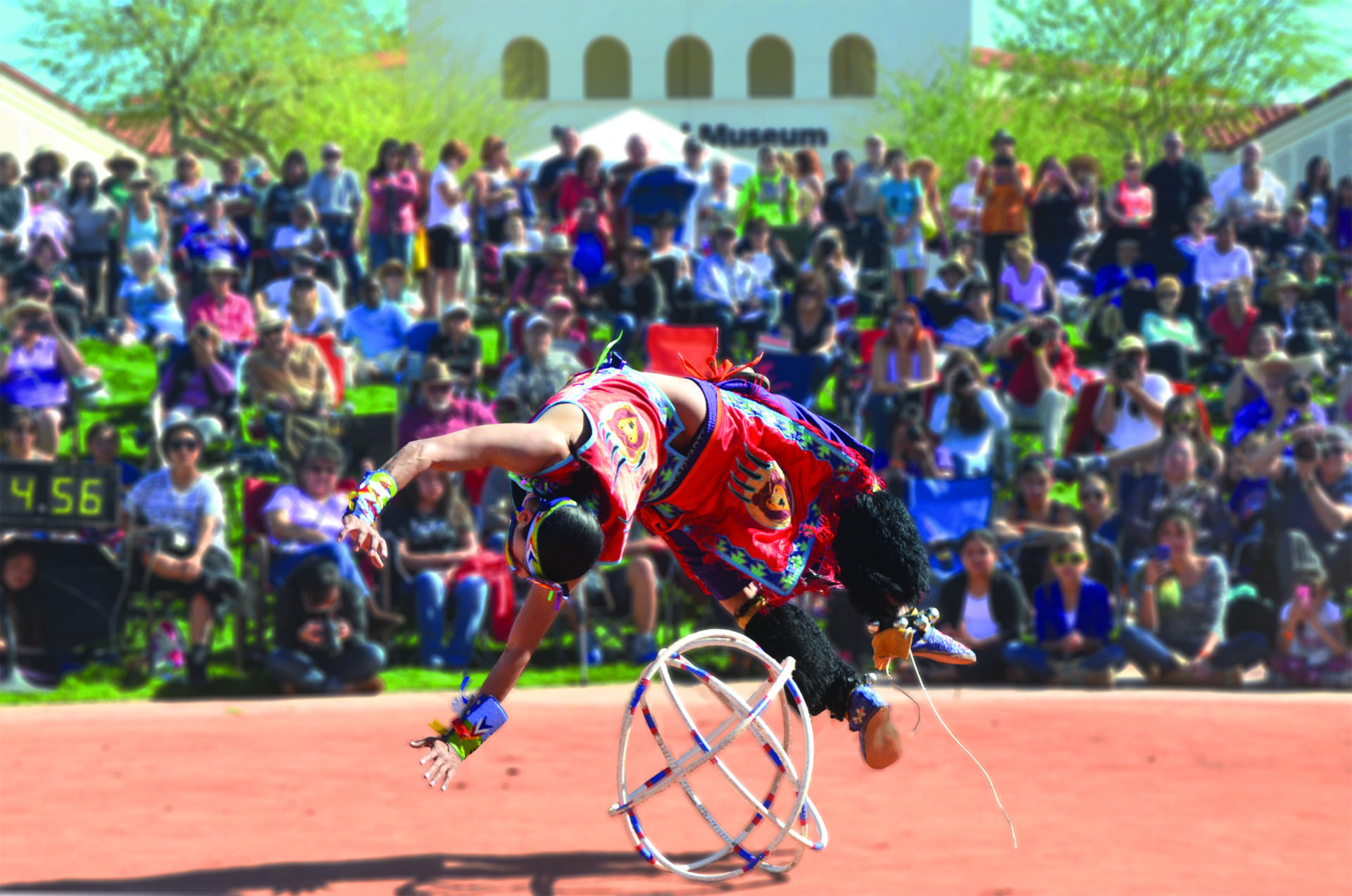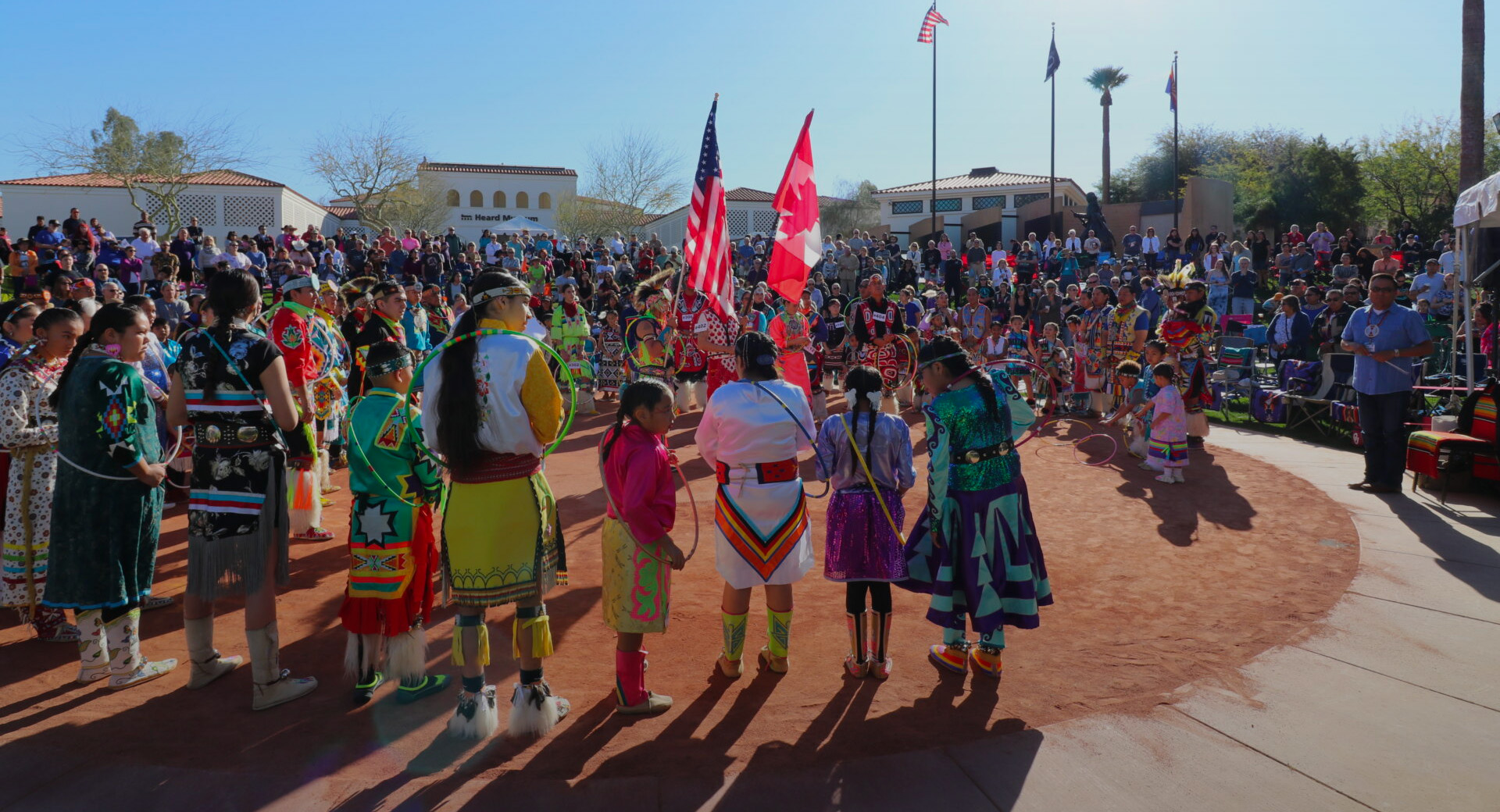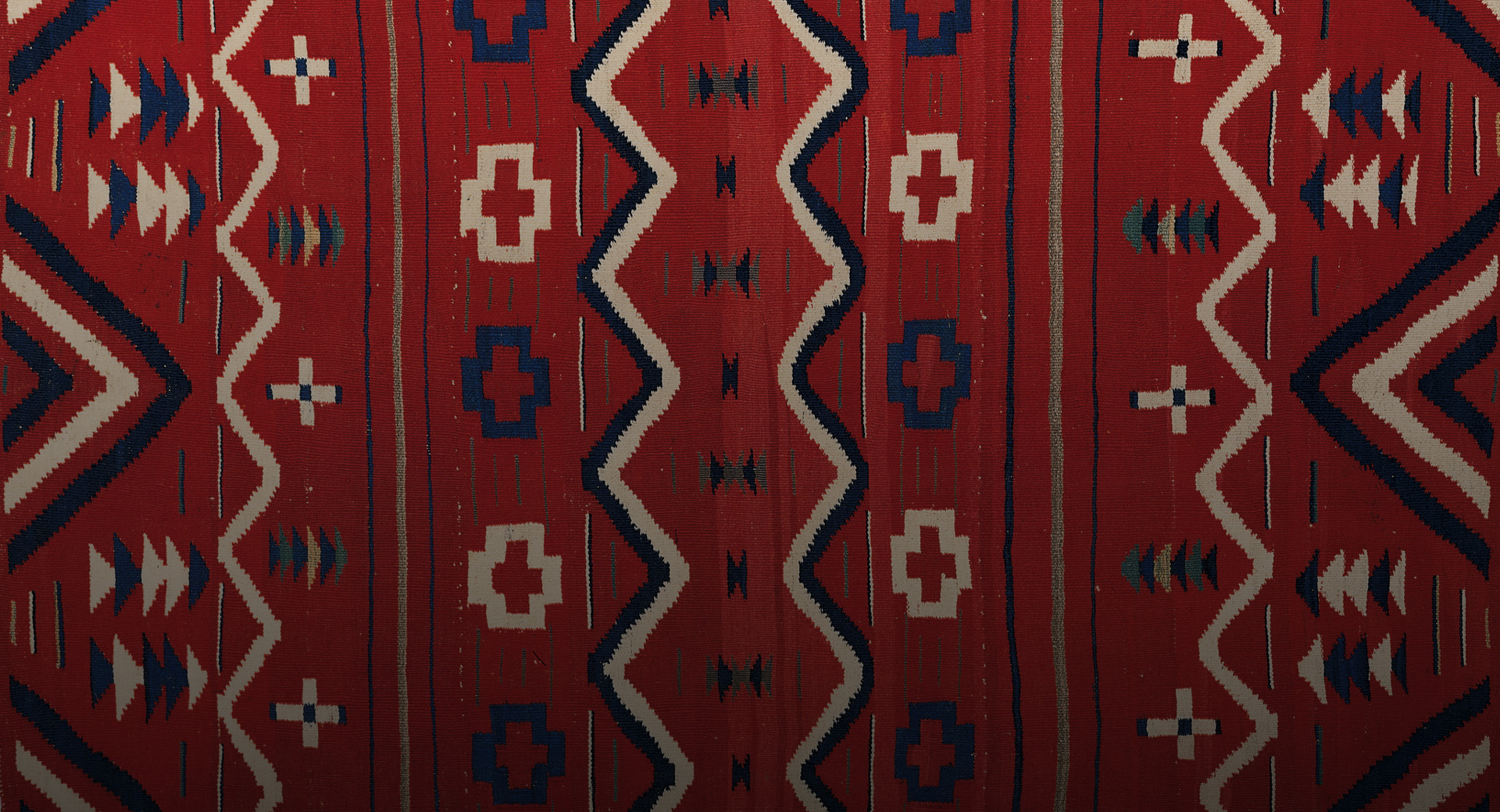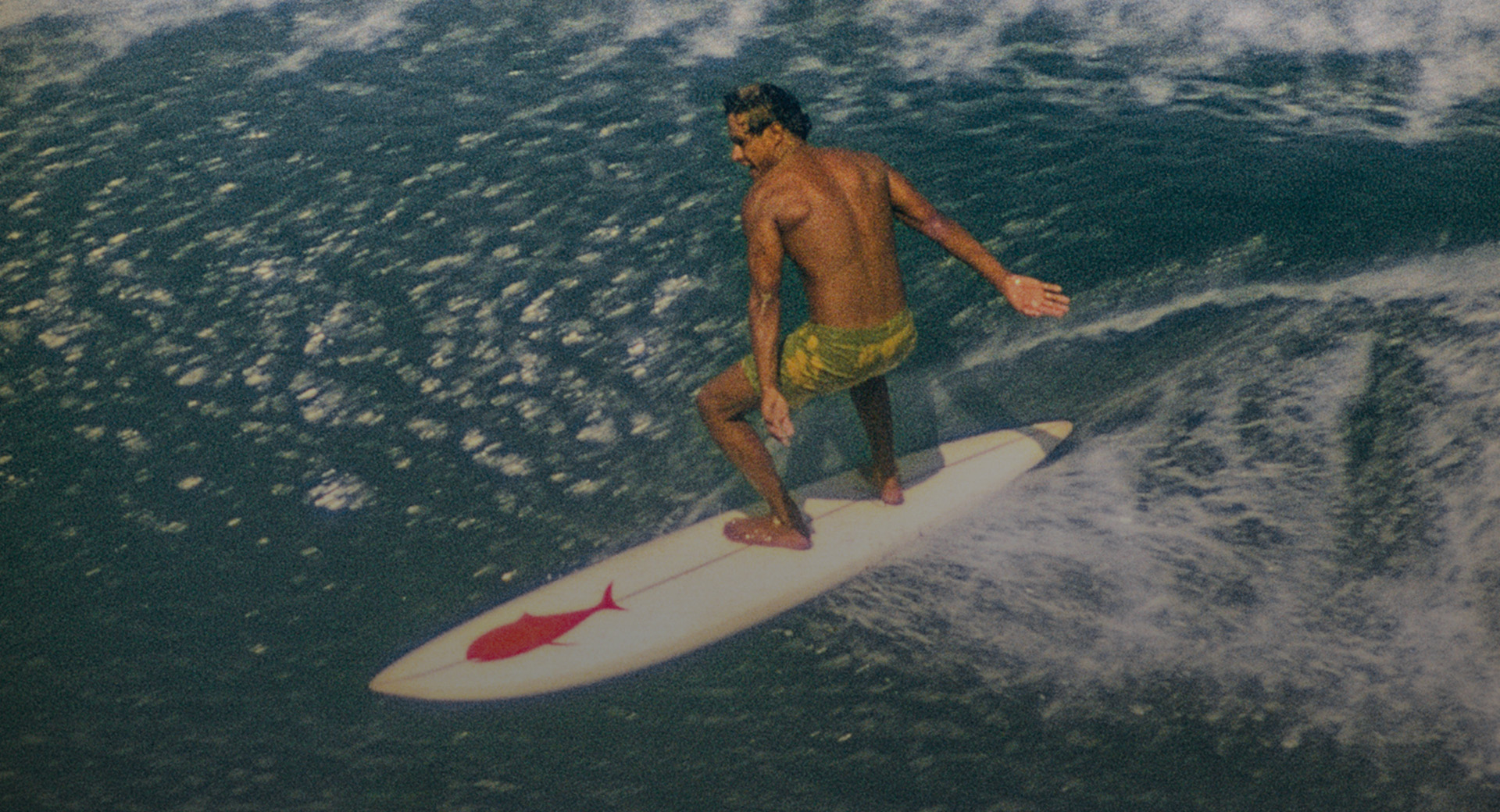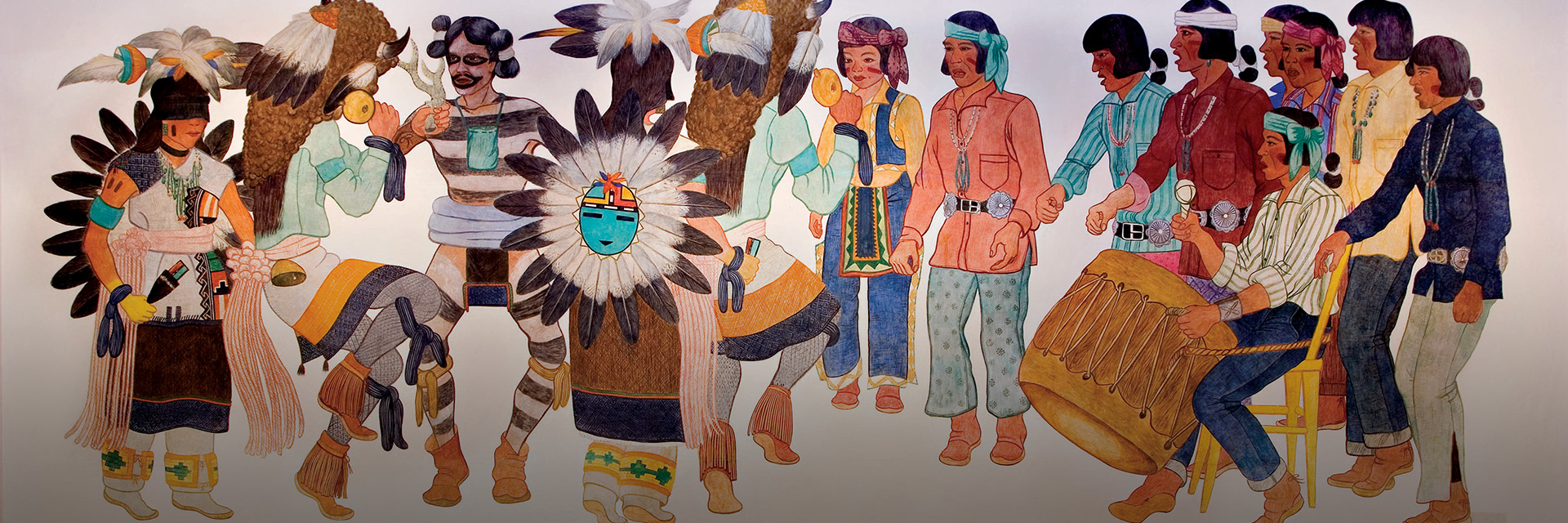“The hoop is a classroom—a university of learning,” says Dennis Bowen Jr. (Seneca) who, for the past three decades, has been an event judge, Master of Ceremonies and the guiding voice of the Annual Heard Museum World Championship Hoop Dance Contest, which turns 30 years old in February. “Infancy, childhood, adulthood and old age—those [are] the four times of our life. That’s represented on this hoop. An Elder could sit with you and teach you about life [using] this hoop.
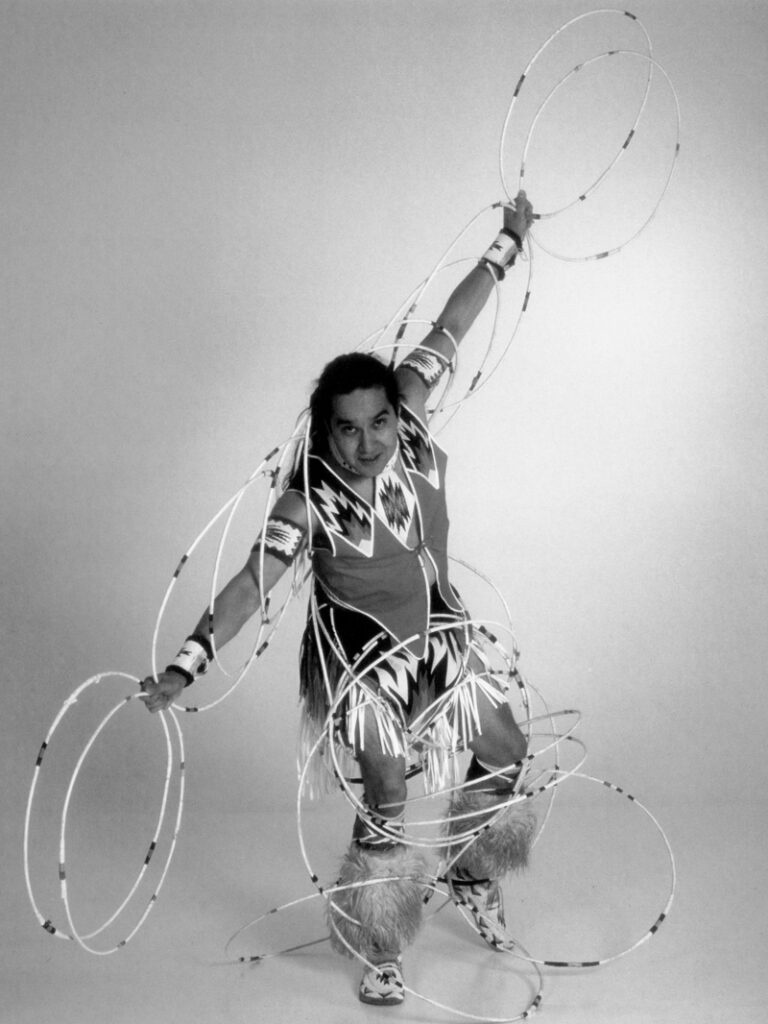
Bowen’s longtime perspective on the annual contest transcends what many competitors, families, and audience members may think about the event. Hoop dancing, Bowen believes, is much more than a thrilling spectacle, especially when you understand its roots and its evolution. “Hoop dance came from traditional teachings and traditional thinking. And it came from healing and helping people.”
The hoop dance as we know it today began with Tony Whitecloud (Jemez Pueblo) in the 1930s. He created a performance program for the tourism industry using willow hoops to form shapes and designs, while dancing to intertribal music. Whitecloud shared his art form with other young Native dancers as he traveled through North America over many years. The movement he inspired led to the first World Championship Hoop Dance Contest at the New Mexico State Fair in 1991. The following year, the contest was moved to the Heard Museum, where it continues today.
The competition itself is thrilling and intense. Dancers must display remarkable artistry, speed, focus, endurance and rhythm as they vie to win a title in one of four age divisions—Youth,Teen, Adult, and Senior. The contest features more than 80 competitors and attracts more than 4,000 spectators—not to mention more than 1 million online views. It is without a doubt one ofArizona’s most exhilarating and unique annual events. Competitors must use multiple hoops (some use as many as 50) to make formations such as eagles, butterflies, flowers and insects, all while continuously dancing and keeping time to live music. Bowen says that the dancers “tell us a story with their formations.
There is personal growth with our hoop dancers and the audience gets to see that. They get to see a dancer when they hoop dance [at] 10 years old, and if they come year after year, they see them dance when they are 25 years old.
Singers and drummers are essential to the hoop dance, and during the course of the weekend, each of the two drum groups representing Northern and Southern styles may perform more than 100 songs. In the early years, there was no time limit for each routine. “One singer, who is a legendary singer,” Bowen says with a characteristic smile, “sang for 22 minutes straight. Can you imagine?”
Hoop dance came from traditional teachings and traditional thinking. And it came from healing and helping people.
Singers and drummers are essential to the hoop dance, and during the course of the weekend, each of the two drum groups representing Northern and Southern styles may perform more than 100 songs. In the early years, there was no time limit for each routine. “One singer, who is a legendary singer,” Bowen says with a characteristic smile, “sang for 22 minutes straight. Can you imagine?”
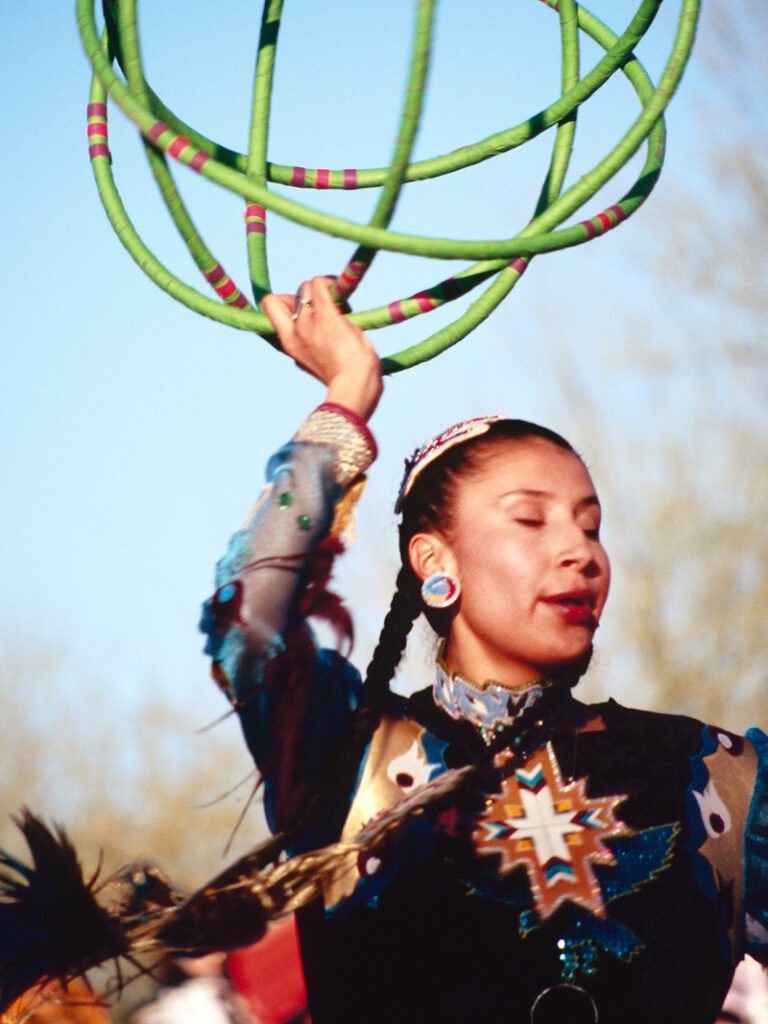
In its first year, Bowen remembers, “we had, I believe, eight hoop dancers.” Eddie Swimmer (Eastern Band Cherokee/Chippewa-Cree) took that first adult title in 1991, and he returned in 2017 as a competition judge. Since Swimmer’s win, several champions have gone on to win the adult division multiple times, including 7-time winner Derrick Davis (Hopi/Choctaw). Three Canadian champions—Quentin Pipestem (Tsuu Tina First Nation), Alex Wells (Lil’wat Nation),and DallasArc and (Alexander First Nation)—and one American, Nakotah LaRance (HopiChoctaw), have taken the title 3 times. And another Canadian, Lisa Odjig (Odawa, OjibweNation) won the adult title twice.
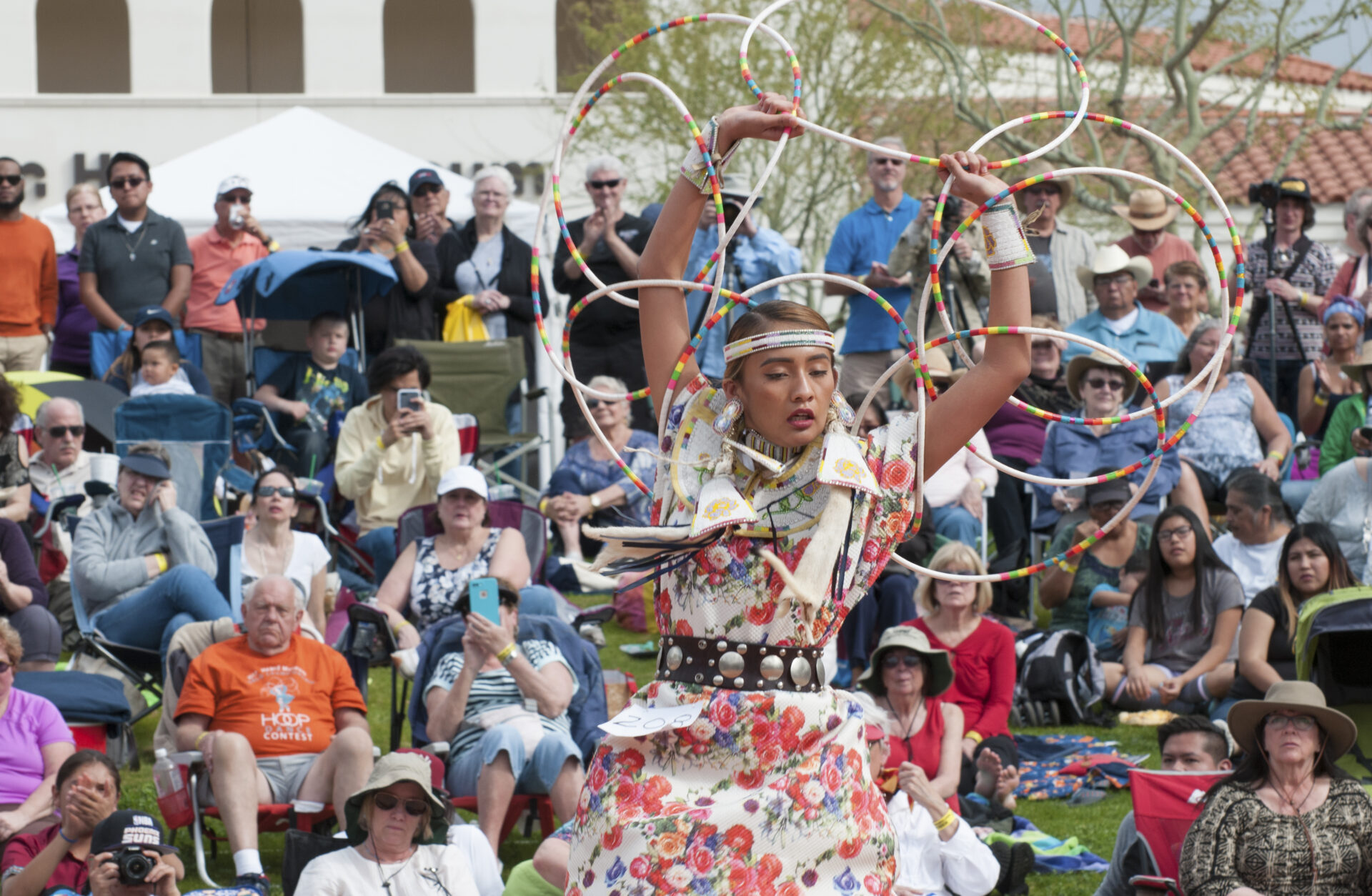
During the contest, men and women compete together in their respective age divisions. Odjig was the first female competitor to win the adult category, and her win was preceded by Ginger Sykes Torres (Diné), now a Heard Museum Trustee, who was the first female contestant to win any division by claiming the teen title in 1997. Jackie Bird (Mandan / Hidatsa / Santee Sioux)was the first woman to enter in the contest in 1994. Today, nearly half of all competitors are female, and in recent years, competitors like Nanabah Kadenehii (Diné) and Kailayne Jensen (Diné/Maricopa) have won teen and youth divisions multiple years in a row.
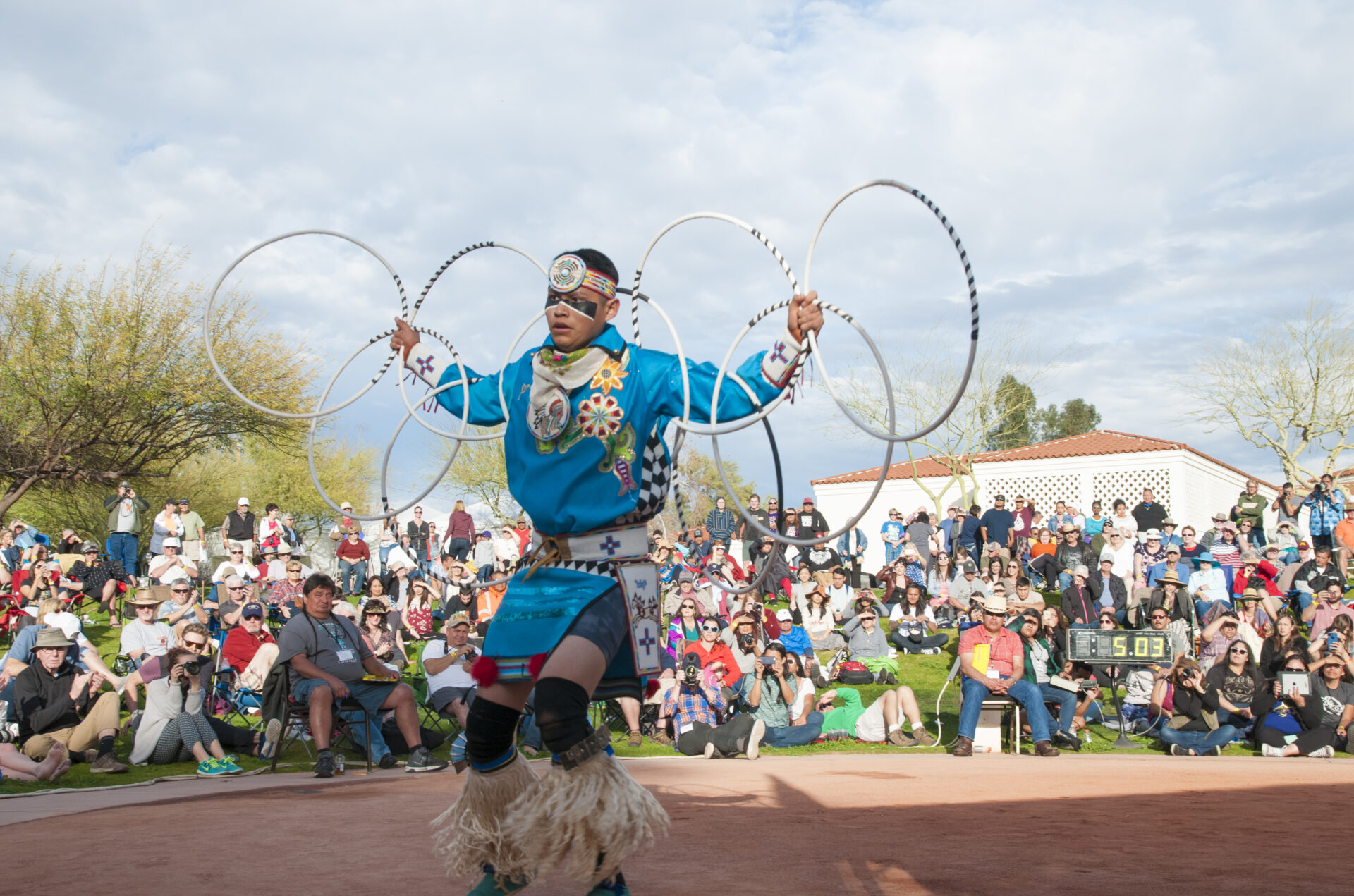
Bowen’s three decades as the host of the annual event have given him a unique perspective on the next generation of competitors, and the contest’s future. “There is personal growth with our hoop dancers, and the audience gets to see that. They get to see a dancer when they hoop dance [at] 10 years old, and if they come year after year, they see them dance when they are 25 years old.” Many longtime fans recall seeing champions like Tony Duncan (Apache/Arikara/Hidatsa) and Tyrese Jensen (Diné/Maricopa) as contestants in youth and teen divisions.
This continuum of generations of families and friends who take part in hoop dance is a reflection of the unbroken circle of the hoop itself, and points to a rich future for the form.“We began with traditional teachings and thoughts about the hoop dance. It’s grown in 30 years. There’s more contemporary styles,” says Bowen. However styles may change, though,Bowen cautions that contestants keep the origins of the event in mind. “If you’re going to dance in our world championship, know the history. Because we’re going to share that history out of respect for those who came before us.”
